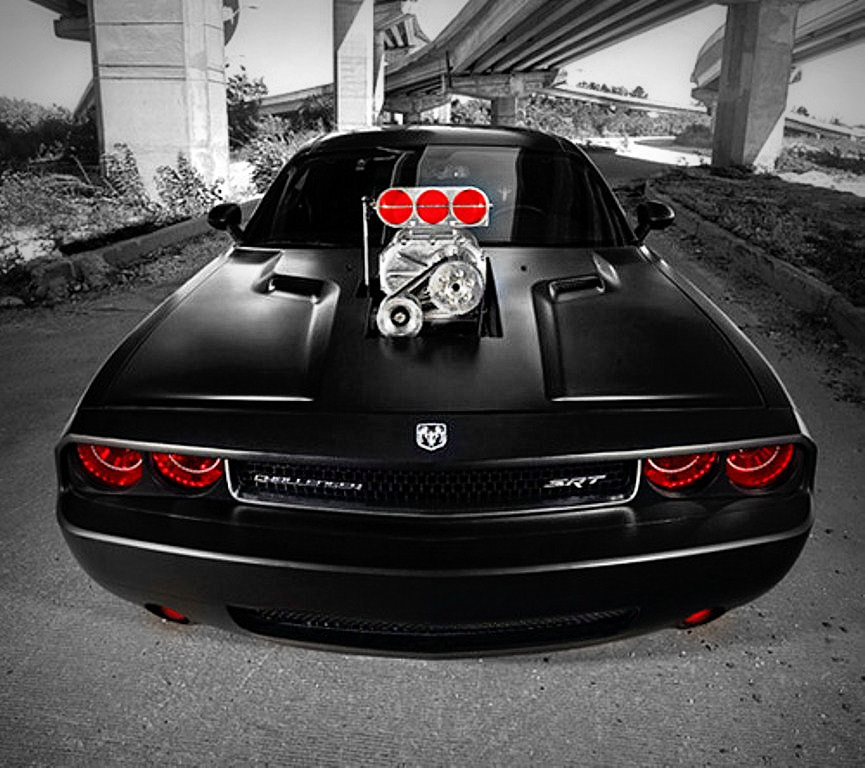In the world of automobiles, few phrases evoke as much intrigue and fear as the term "devil car." This phrase often conjures images of sleek, powerful machines that seem to possess a life of their own. Whether it’s due to their performance capabilities, eerie aesthetics, or the notorious stories that accompany them, devil cars have solidified their place in automotive folklore. As we delve into the essence of what makes a car worthy of such a diabolical moniker, we discover a blend of engineering prowess and cultural symbolism that transcends mere transportation.
From classic muscle cars to modern supercars, the devil car phenomenon encapsulates an array of vehicles that have earned a dark reputation. These cars are not just about speed and power; they often symbolize rebellion, danger, and the thrill of the open road. The allure of the devil car is so potent that it often draws enthusiasts and collectors alike into a whirlwind of passion and obsession, propelling them to seek out these automotive legends. But what truly defines a car as a “devil car”? Is it the way it handles on the road, its design, or the stories behind its creation?
As we explore the multifaceted world of the devil car, we will examine its historical roots, the impact of cultural narratives, and the allure it holds for car enthusiasts everywhere. Buckle up as we embark on this thrilling ride through automotive history, uncovering the secrets behind these enigmatic machines, and revealing why the devil car continues to capture the imagination of many.
What is the Origin of the Term "Devil Car"?
The term "devil car" has evolved over the years, often used to describe vehicles that exhibit extraordinary performance or have a reputation for being difficult to control. The origins can be traced back to the early days of racing and automotive innovation, where certain cars were considered so powerful and fast that they were thought to be possessed by the devil.
Which Cars are Considered Devil Cars?
Several iconic vehicles have earned the title of devil car due to their performance, design, and the stories associated with them. Here are some notable examples:
- Plymouth Barracuda - Known for its raw power and speed, this classic muscle car has a storied past in drag racing.
- Dodge Charger - Made famous by its role in movies and TV shows, this car embodies the rebellious spirit of the 1970s.
- Chevrolet Corvette - With its sleek design and high-performance capabilities, the Corvette has long been a symbol of American automotive excellence.
- Ford Mustang - This legendary car has captured the hearts of many and is often associated with the freedom of the open road.
What Makes a Car "Devilish"?
Several factors contribute to a car's devilish reputation. The blend of raw power, aggressive styling, and a history of notorious incidents all play a role. Additionally, the cultural narratives surrounding these vehicles enhance their allure:
- Performance: High horsepower and speed often define a devil car.
- Design: An aggressive, eye-catching design can make a car feel more sinister.
- History: Stories of crashes, races, and legendary drivers can cement a car's reputation.
Who are the Notable Figures Behind Devil Cars?
Throughout history, various automotive designers and manufacturers have played a crucial role in creating vehicles that fit the devil car archetype. Some of these figures have become legendary in their own right, contributing to the mystique surrounding their creations.
What is the Biography of a Famous Devil Car Designer?
One of the most notable figures in the realm of devil cars is Carroll Shelby, the mastermind behind the Shelby Mustang and Cobra. His innovative spirit and relentless pursuit of performance changed the automotive landscape forever.
| Attribute | Details |
|---|---|
| Name | Carroll Shelby |
| Born | January 11, 1923 |
| Nationality | American |
| Notable Works | Shelby Mustang, Shelby Cobra |
| Death | May 10, 2012 |
What Legacy Did Carroll Shelby Leave in the Automotive World?
Carroll Shelby's legacy is one of innovation and passion for performance. His designs continue to influence the automotive industry, with the Shelby Mustang remaining a symbol of power and speed. The devil car concept thrives on the very ethos that Shelby embodied—pushing boundaries and defying convention.
How Do Devil Cars Influence Pop Culture?
The influence of devil cars extends far beyond the realm of automotive enthusiasts. These vehicles have made their mark on pop culture through movies, music, and art, creating a lasting impression that resonates with audiences around the world.
What Movies Feature Iconic Devil Cars?
Several films have immortalized devil cars, showcasing their power and allure. Here are a few notable examples:
- Gone in 60 Seconds - Featuring the iconic Eleanor, a modified Ford Mustang.
- Fast & Furious Franchise - Showcasing a variety of high-performance vehicles.
- Christine - A horror film centered around a possessed Plymouth Fury.
How Has Music Celebrated Devil Cars?
Music has also played a significant role in celebrating the devil car culture. Songs that highlight speed, freedom, and rebellion often feature references to powerful cars, further embedding them in the collective consciousness.
What is the Future of Devil Cars?
As the automotive industry evolves, the concept of the devil car is likely to adapt. With the rise of electric vehicles, how will the characteristics that define devil cars change? Will we see a new breed of devil cars that harness electric power while maintaining that thrilling spirit of rebellion?
In conclusion, the devil car embodies a unique blend of power, history, and cultural significance that continues to captivate car enthusiasts and casual observers alike. Whether you view these machines as symbols of freedom or as cautionary tales, there’s no denying their impact on the automotive landscape. As we look to the future, the devil car will likely evolve but remain a testament to the thrill of the road and the allure of speed.




